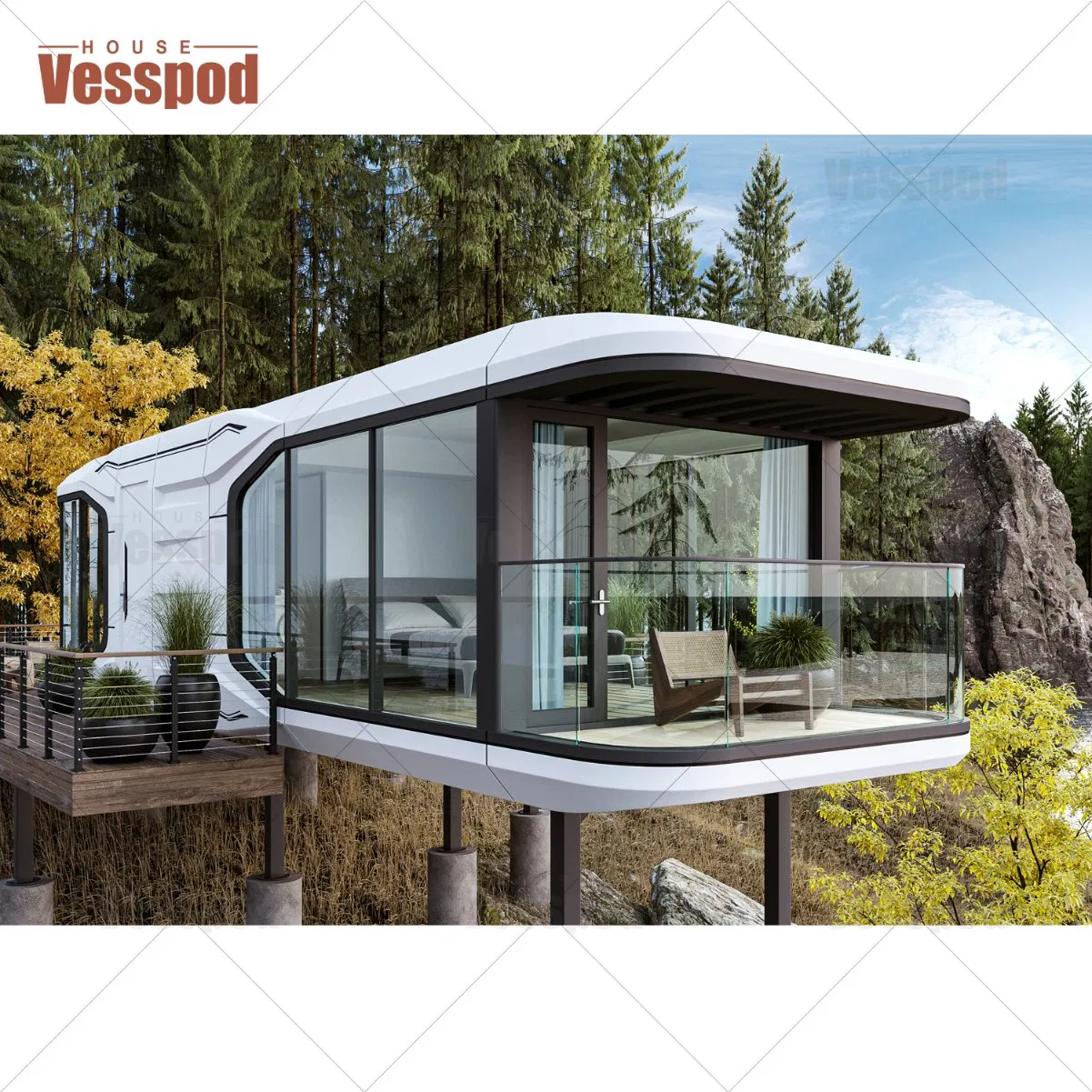Effortless Homebuilding With Modern Modular Home Layouts

Benefits of Modular Home Styles
Modular home layouts supply many benefits that make them an appealing selection for numerous property owners. One of the main advantages is cost-effectiveness. Due to the fact that modular homes are created in a factory setting, contractors can improve the process, decreasing labor and product prices, which usually equates to lower costs for buyers.
Furthermore, modular homes are understood for their rate of building and construction. pod homes. The regulated setting of a manufacturing facility enables efficient setting up, making it possible for homeowners to move right into their new home much earlier than typical building techniques would permit
Power efficiency is another significant advantage. Lots of modular homes are created with energy-efficient systems and sustainable materials, resulting in lower energy bills and a minimized ecological footprint.
Moreover, modular designs use a high degree of customization. Home owners can typically select from numerous designs, products, and coatings, ensuring that their home satisfies individual choices and lifestyle needs.
Finally, modular homes are constructed to satisfy strenuous building ordinance and criteria, guaranteeing longevity and security. Overall, the combination of affordability, rate, personalization, performance, and top quality makes modular home styles an attractive alternative for a large range of purchasers.
The Modular Building Process
The modular construction process involves an organized method that significantly varies from conventional building approaches. Each module is built with the same products and criteria as a site-built home, including insulation, electrical wiring, and pipes systems.
As the components are created, the site prep work can happen at the same time, consisting of structure job and energy installments. This identical procedure considerably reduces the total timeline for completion. As soon as the modules are prepared, they are delivered to the structure site, where they are craned right into placement and safely signed up with with each other.
The final stages involve completing touches, such as exterior home siding, roof covering, and indoor outlining. This structured approach not only reduces construction waste however additionally boosts energy performance via well-coordinated building methods. Generally, the modular building process provides a much faster, affordable, and eco friendlier option to conventional home building.
Personalization Options Available
Exploring customization choices in modular home layouts allows home owners to tailor their home to their special choices and way of lives. Among the most attractive aspects of modular homes is the adaptability they use in style and design. Home owners can pick from a variety of flooring strategies, ranging from open-concept rooms to more typical layouts, guaranteeing that the home fits their details needs.
In addition to architectural modifications, personalization reaches aesthetic components. House owners can pick from a considerable combination of coatings, shades, and materials, consisting of cabinetry, countertops, floor covering, and house siding. This degree of customization allows residents to produce a natural layout that shows their specific design.
Moreover, modular homes can integrate energy-efficient attributes and smart technology choices. Property owners can select photovoltaic panels, energy-efficient windows, and advanced heating and cooling down systems, adding to both convenience and utility financial savings.
Lastly, many manufacturers provide the opportunity to include unique aspects, such as built-in shelving, customized wardrobes, or outside home. This extensive range of modification options makes sure that modular home styles can be as practical and distinct as the family members that inhabit them.
Sustainability in Modular Houses
Sustainability is a crucial consideration in contemporary home structure, and modular homes are increasingly developed why not try this out with green methods in mind. These frameworks decrease waste with effective production procedures, as elements are produced in a controlled setting (pod homes). This not just lowers the amount of material discarded throughout building but additionally reduces the carbon impact connected with conventional building approaches
Modular homes commonly integrate sustainable products, such as recovered timber, recycled metal, and low-VOC paints, which contribute to much healthier indoor air high quality. Furthermore, several styles incorporate energy-efficient systems, including solar panels, progressed insulation, and high-performance home windows, which lower power usage and energy costs over time.
The modular building approach also permits much better planning of energy usage and resource monitoring throughout my blog the building lifecycle. By utilizing prefabricated components, contractors can significantly lower transportation emissions, as materials are delivered in mass to the site.
Additionally, the adaptability of modular homes enables future upgrades, making certain that home owners can modify their home to consist of a lot more lasting innovation as it appears. Overall, sustainability in modular homes represents a forward-thinking technique to eco responsible living.
Cost-Effectiveness of Modular Building
Modular homes not only focus on sustainability yet additionally provide considerable cost-effectiveness compared to standard building and construction techniques - pod homes. Among the key monetary benefits is the decrease in labor costs. Since a considerable part of the building procedure happens in a controlled factory setting, labor effectiveness is increased, causing lower general costs
In addition, making use of standardized products and styles decreases waste, causing expense financial savings that can be passed on to consumers. The time savings related to modular building and construction likewise contribute to its affordability; jobs can be completed in a fraction of the moment it considers typical builds, permitting homeowners to relocate quicker and start gaining from their financial investment.
In addition, modular homes commonly include energy-efficient attributes, which can result in lowered utility bills gradually, further improving their cost-effectiveness. Funding options for modular homes are also coming to be much more favorable, with lots of loan providers recognizing their value and stability.
Conclusion
To conclude, modern modular home designs present a transformative approach to homebuilding, defined by personalization, performance, and sustainability. The streamlined construction process boosts top quality and adherence to structure codes while using home owners the chance to individualize their living spaces. pod studio The unification of energy-efficient systems considerably minimizes utility prices and environmental effect. Inevitably, modular homes stand for a forward-thinking service that resolves modern housing demands and promotes a much more sustainable future in property building.
